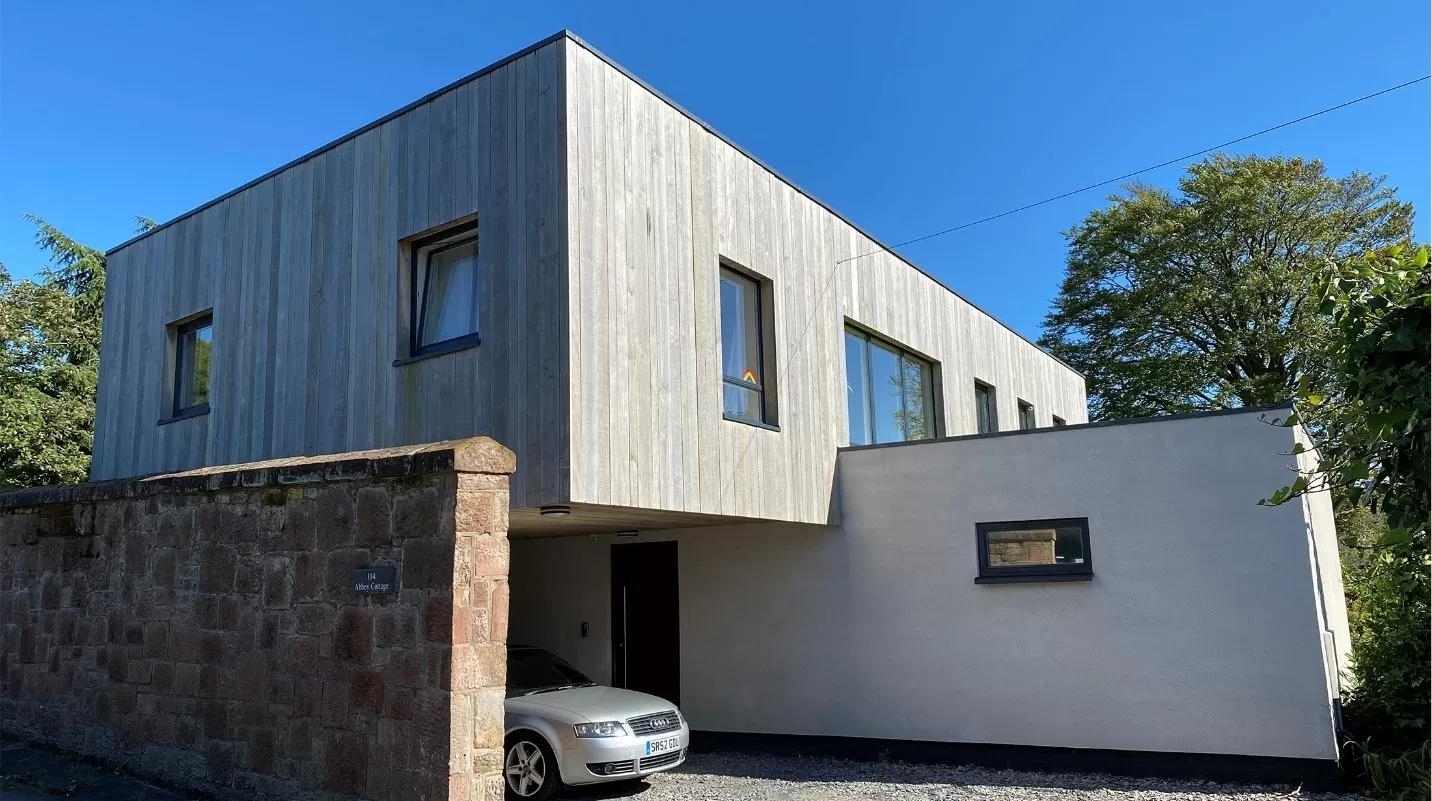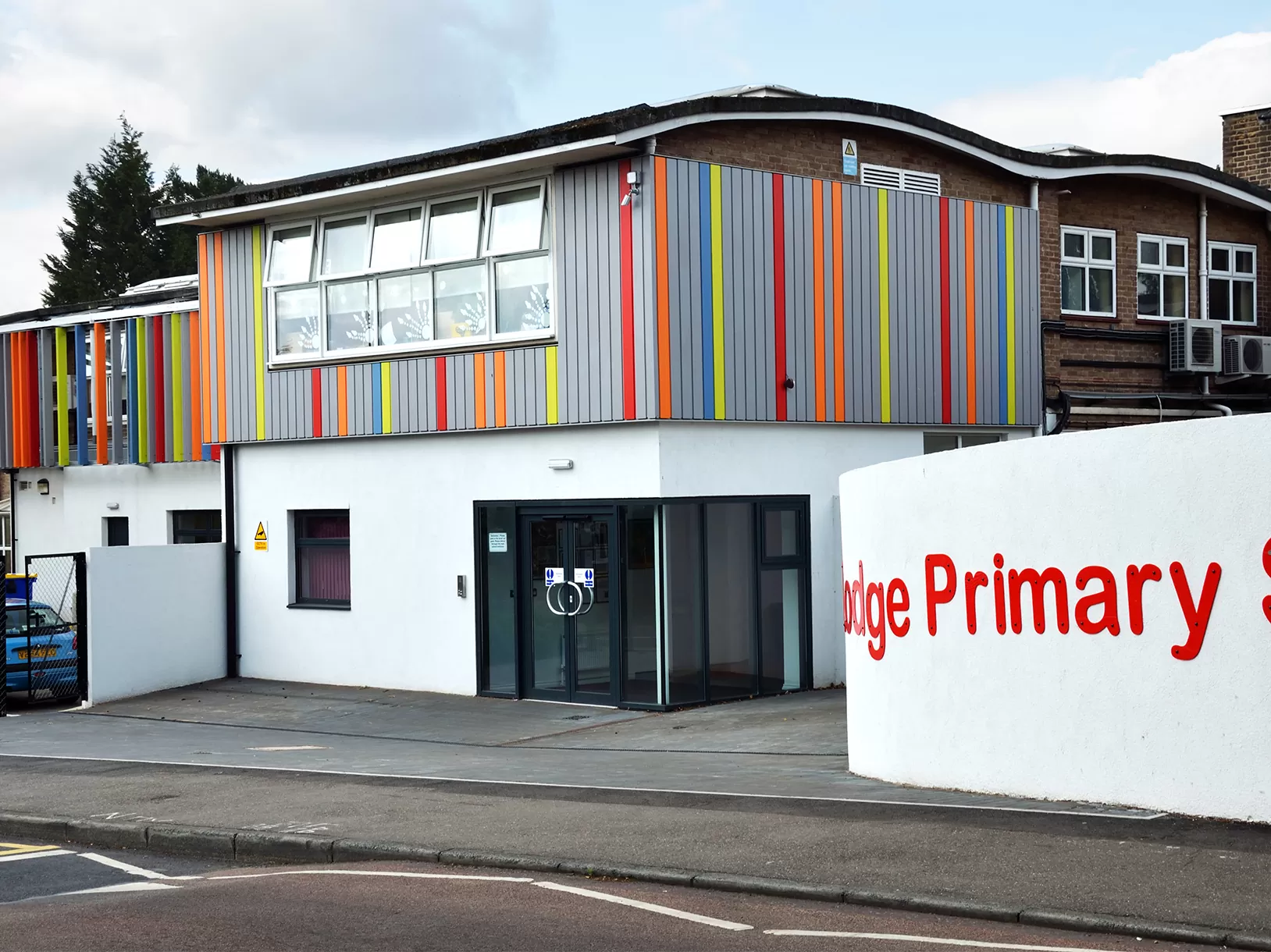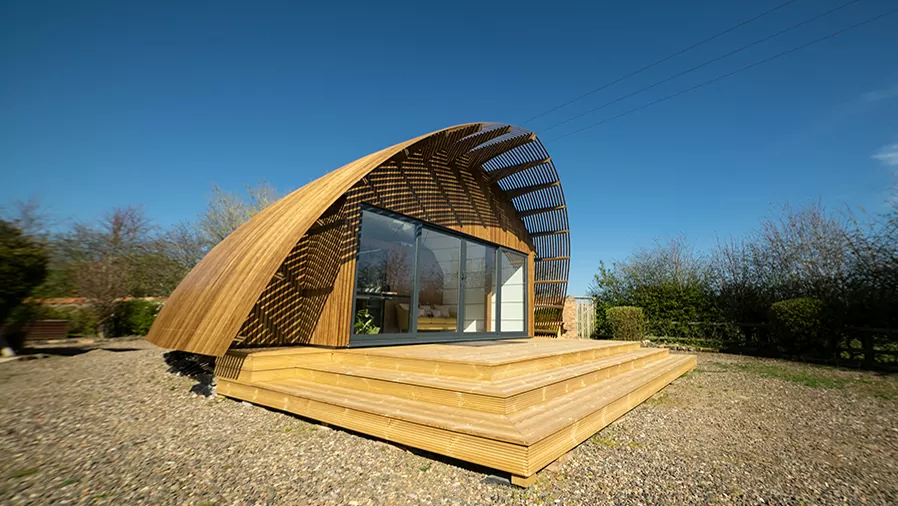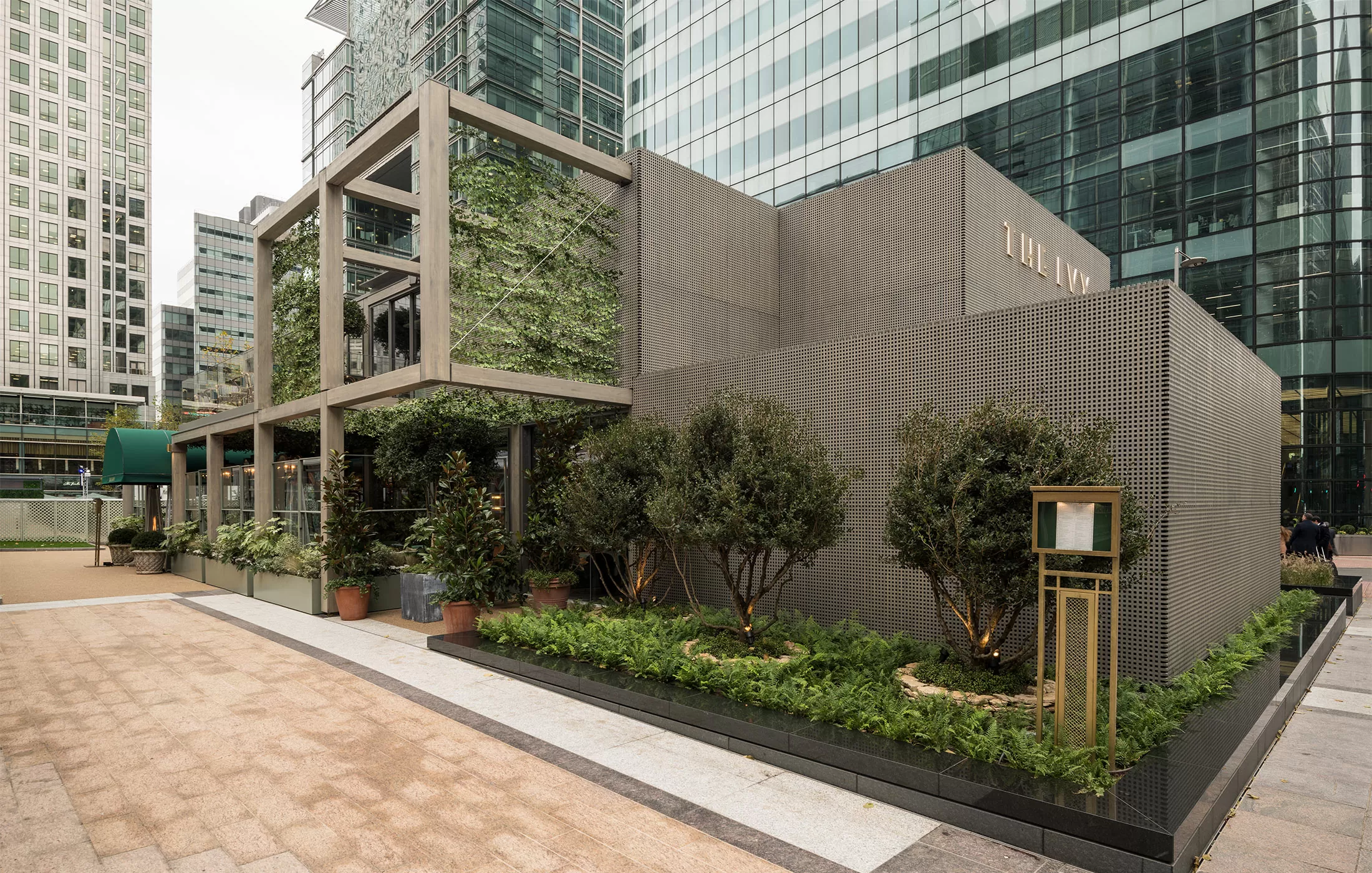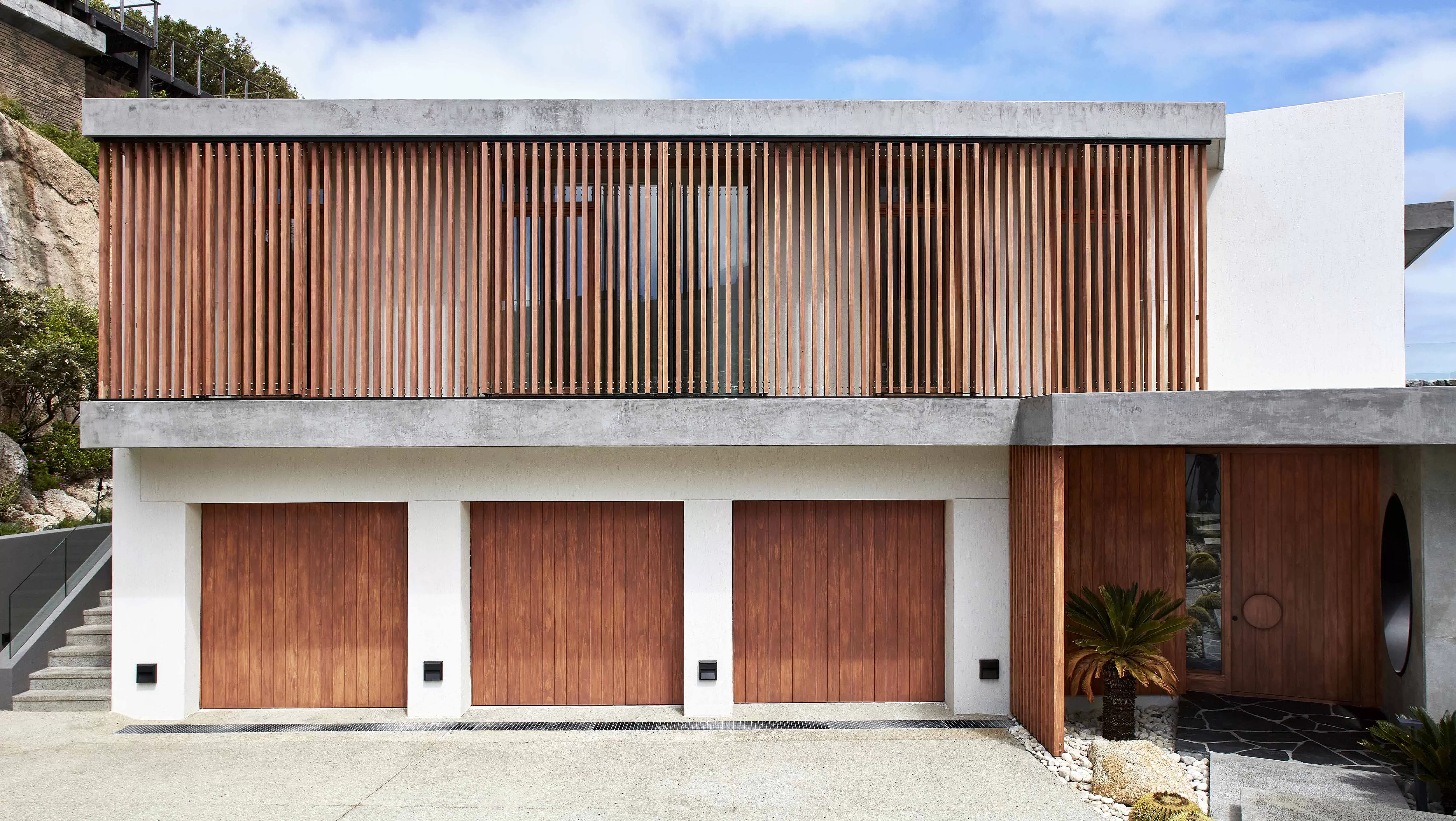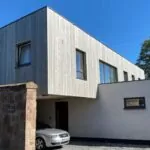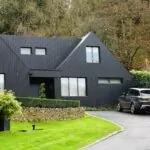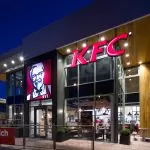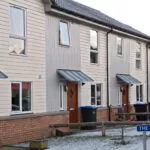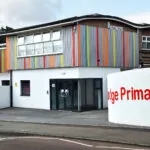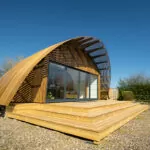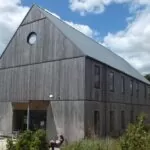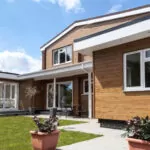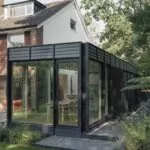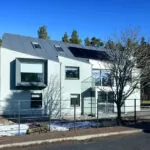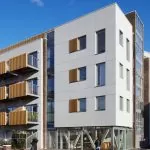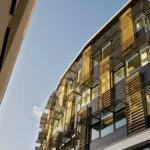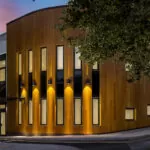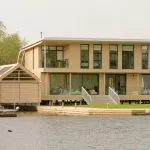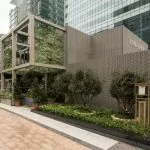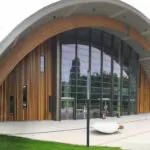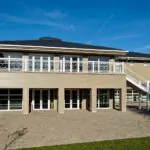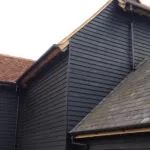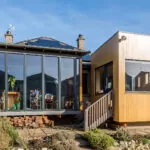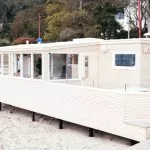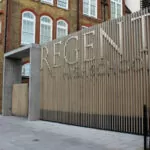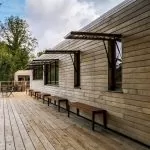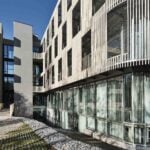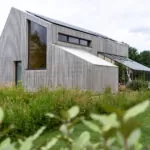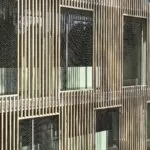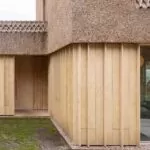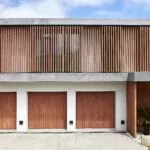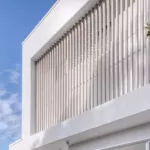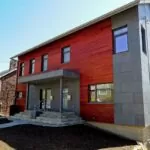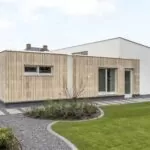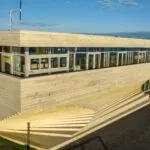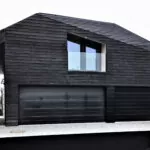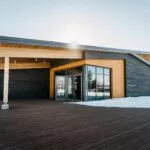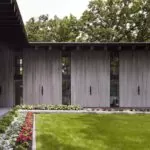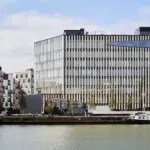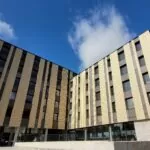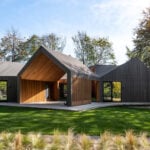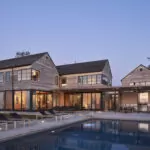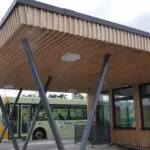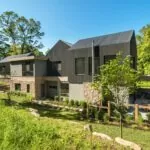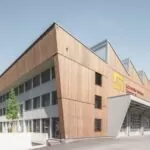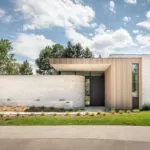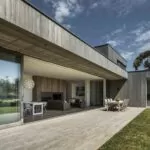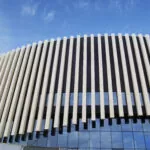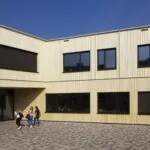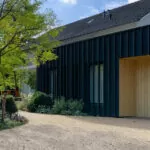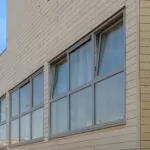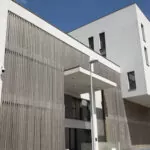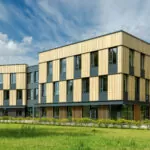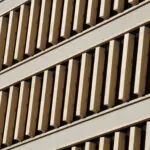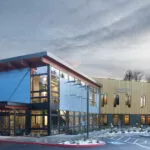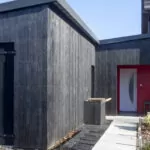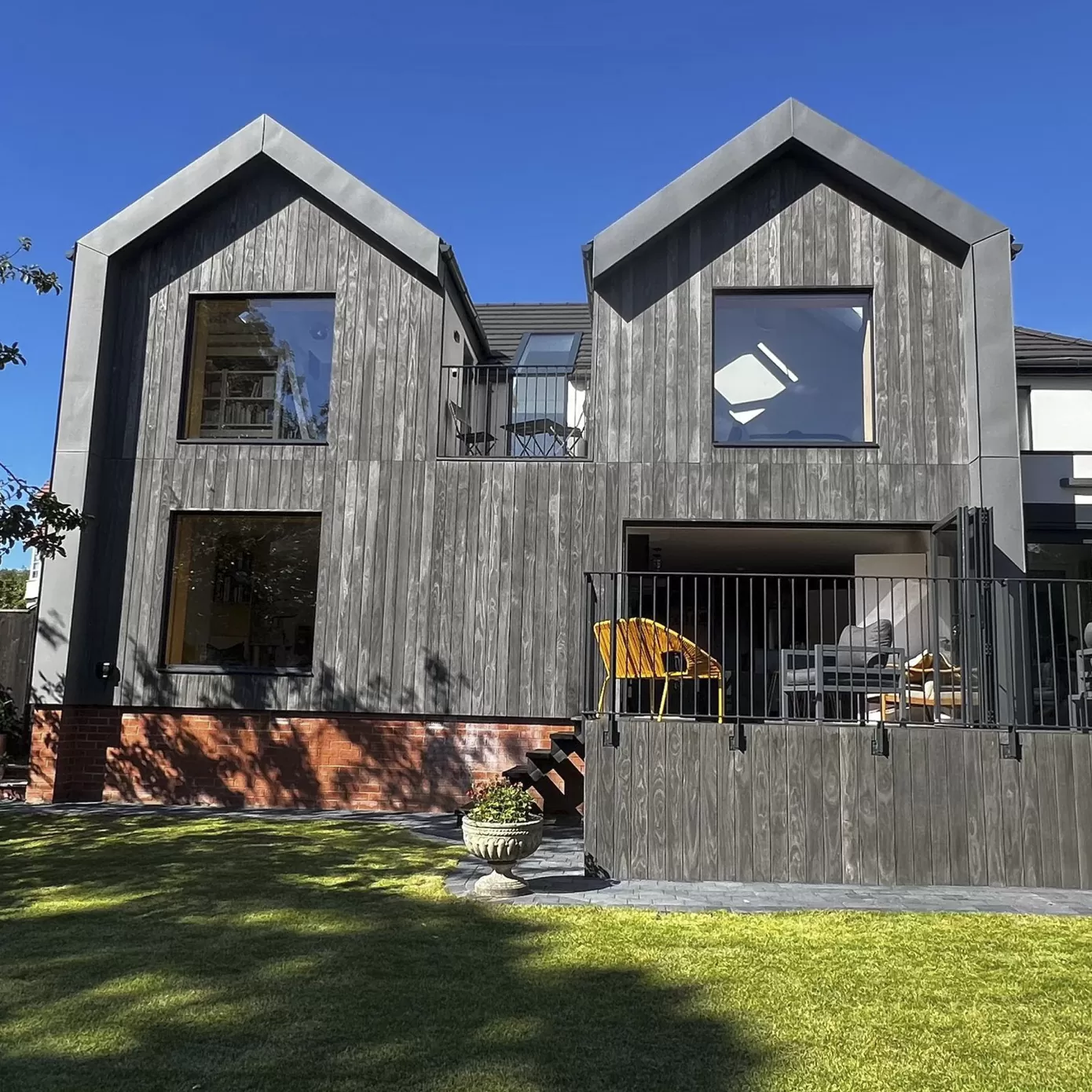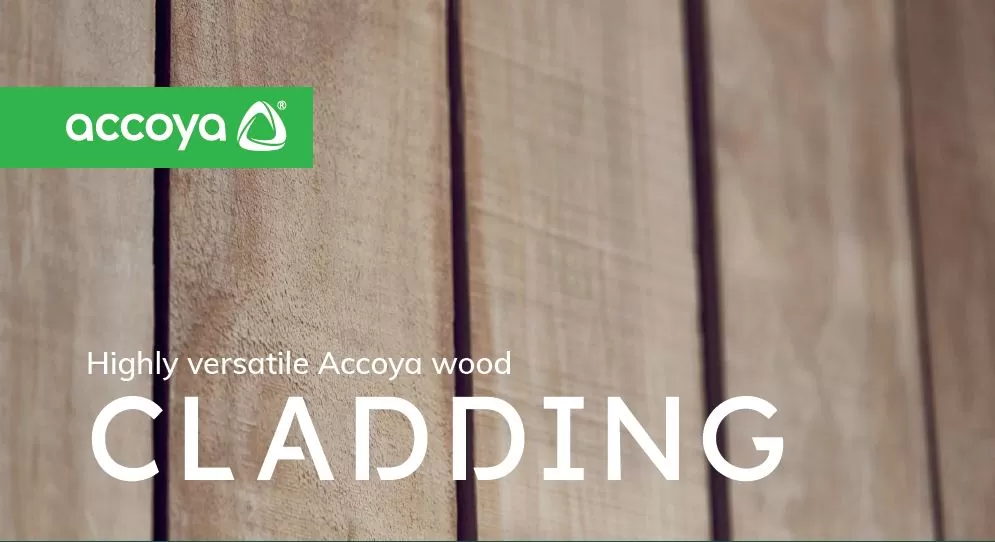Wooden Cladding
Accoya cladding
Brilliance for generations to comeYour exterior wood cladding needs to weather any storm, in style. We know that aesthetics, low maintenance and durability are crucial. What you may not know is that Accoya out-performs even the most durable tropical hardwood cladding.
By combining superior stability and durability with the beauty of natural wood, you can achieve the look and the performance you want from your timber cladding. Not to mention Accoya’s world-leading sustainability credentials.
To specify Accoya cladding in your next project, head to our Architect Zone to learn more.

Warranty
Accoya wood has an industry-leading warranty, giving you peace of mind and complete confidence for your beautiful Accoya cladding.
Ideal for Coating
Stay true to your vision with a range of finishes, including Shou Sugi Ban and bespoke board sizes and fixings. Left untreated, your exterior wood cladding will weather naturally. But if you’d prefer to coat it, Accoya cladding makes the ultimate surface.

Highly Stable
Resistant to rotting, Accoya cladding is likely to stay free of any visible distortion over its lifetime. A cost-effective choice for lasting performance.
Sustainably Sourced
Now you can meet the most demanding of planning requirements. Accoya wood cladding is 100% non toxic and contains no biocides or harmful chemicals. Each cladding panel is made from FSC® certified timber that’s fully sustainable.
Accoya Cladding Performance
Accoya cladding is made of FSC® certified wood and has numerous advantages: lasting performance, beautiful aesthetic and the clear conscience that you have used a sustainable material.
| Key benefit | Accoya | Larch | Western Red Cedar | Oak | VG* Western Red Cedar |
|---|---|---|---|---|---|
| Lifespan | ✓✓✓ | ✓ | ✓✓ | ✓(✓) | ✓✓ |
| Warranty | ✓✓✓ | N/A | N/A | N/A | N/A |
| Coatings performance | ✓✓✓ | ✓✓ | ✓ | ✓ | ✓✓ |
| Stability | ✓✓✓ | ✕ | ✓ | ✕ | ✓✓ |
Cladding Applications
Accoya cladding is very versatile, discover some additional uses here.
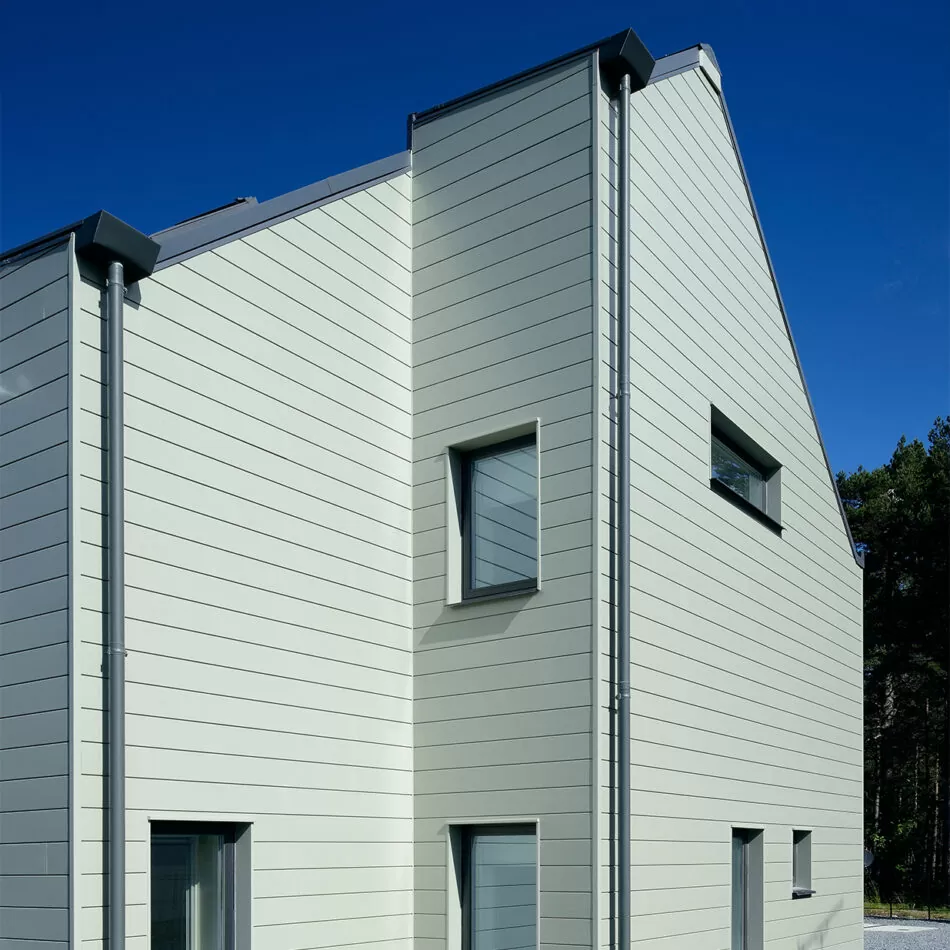
Testing by BM Trada
Stability
Leading timber research institute, BM Trada, tested Accoya stability against other widely used cladding materials by cyclic exposure of coated boards to wet and ambient conditions.
BM Trada found that Accoya has exceptional stability and using Accoya cladding boards externally could increase from standard 150mm wide profiles to 200mm. This highlights the design flexibility and superior performance of Accoya compared to western red cedar, larch and thermally modified pine.
Coatings performance
BM Trada was also commissioned for a series of exposure trials starting in February 2007 in Buckinghamshire, England. The trials used the same translucent black coating for maximum radiant heat build and tested resistance to natural weathering and splitting of Accoya cladding board’s compared to pine and Siberian larch.
After 3.5 years, Accoya was found to outperform in a number of ways. Pine cladding showed severe levels of fissuring, resin exudation, end fissuring, paint peeling over fissures, shelling, surface checking and board distortion; whilst Siberian larch had extensive surface checking and burst resin pockets.
Accoya had a flat surface with no grain raising, virtually no shelling, cracking, checking or fissuring. External dirt was easily cleaned off revealing a sound clean surface with no coating issues. Proving Accoya has superior coating performance compared to many competing materials.
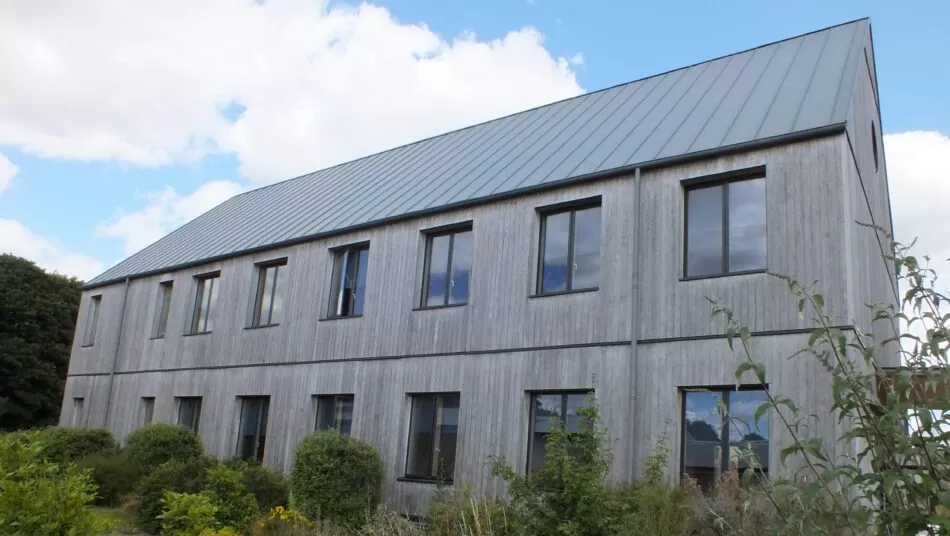
Assessed by BRE
Durability
BS EN350-2 does not apply to modified timbers such as Accoya, however, in a BRE assessment Accoya achieved durability class 1 rating equivalent to class 1 of natural timbers. Therefore service life statements attributed in BS 8417 are applicable to Accoya wood. Under BS 8417, only cladding made from timbers of durability class 1 are suitable for situations where there is a desired service life of 60 years.
To specify Accoya cladding in your next project, head to our Architect Zone to learn more.
Coatings & Finishes
A variety of colours and coatings can be implemented on Accoya cladding. Let yourself be inspired by a few examples.
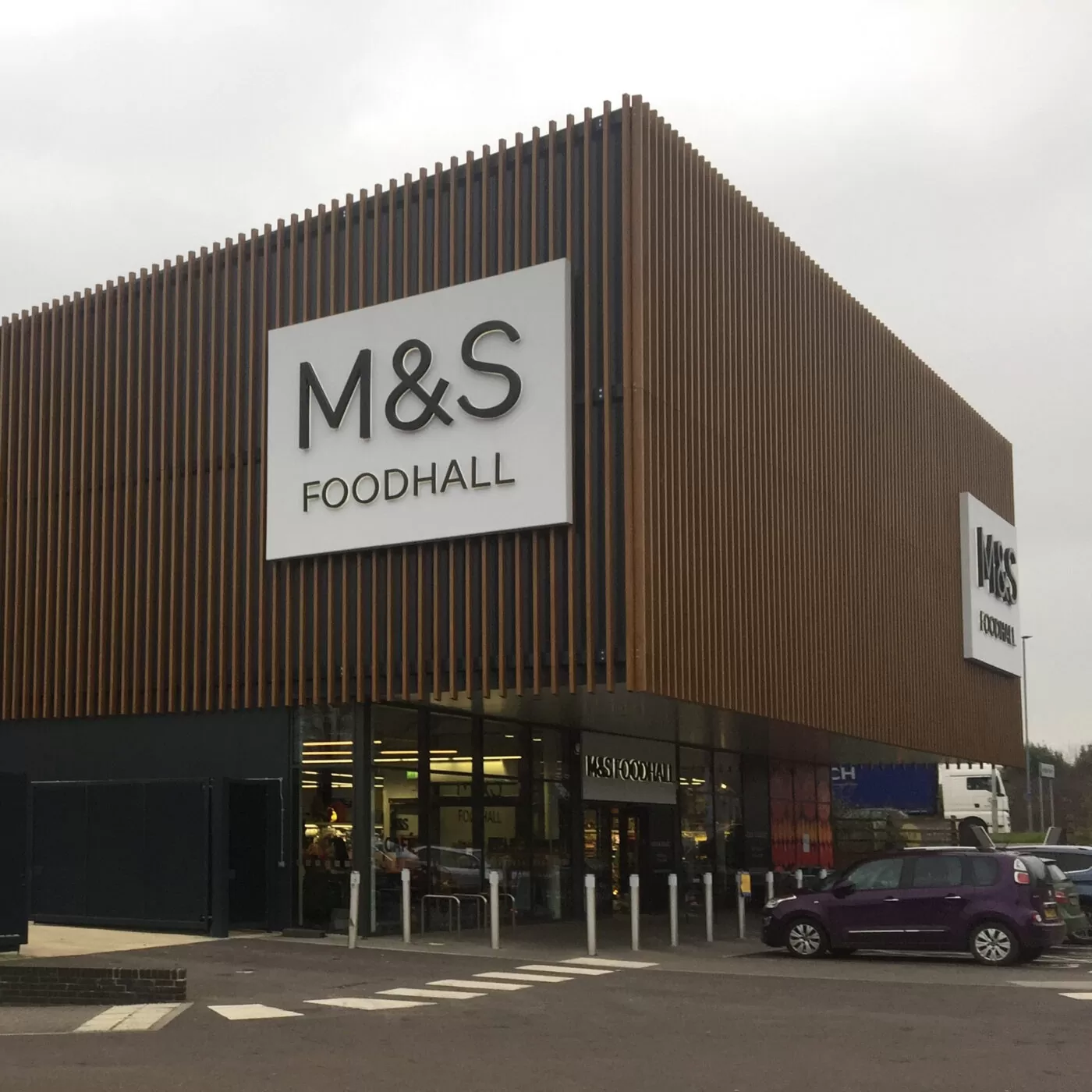
Case study
M&S designed with Accoya
followed by B&M
Marks and Spencer’s striking new food hall uses Accoya wood to show off stunning façade in Ashby de la Zouch. The brand new building houses a food hall and café and has created 55 new jobs for the area.
The finished dimensions of the fins were 66 x 142mm in varying lengths, made from 75 x 150 Accoya that had been finger jointed.
Shortly after Marks and Spencer’s new façade was installed, one of their neighbours on the Ashby retail park, B&M Home Sores, followed suit. The “low cost brand” opted for Accoya wood finger-jointed battens that look fantastic and will stand the test of time.

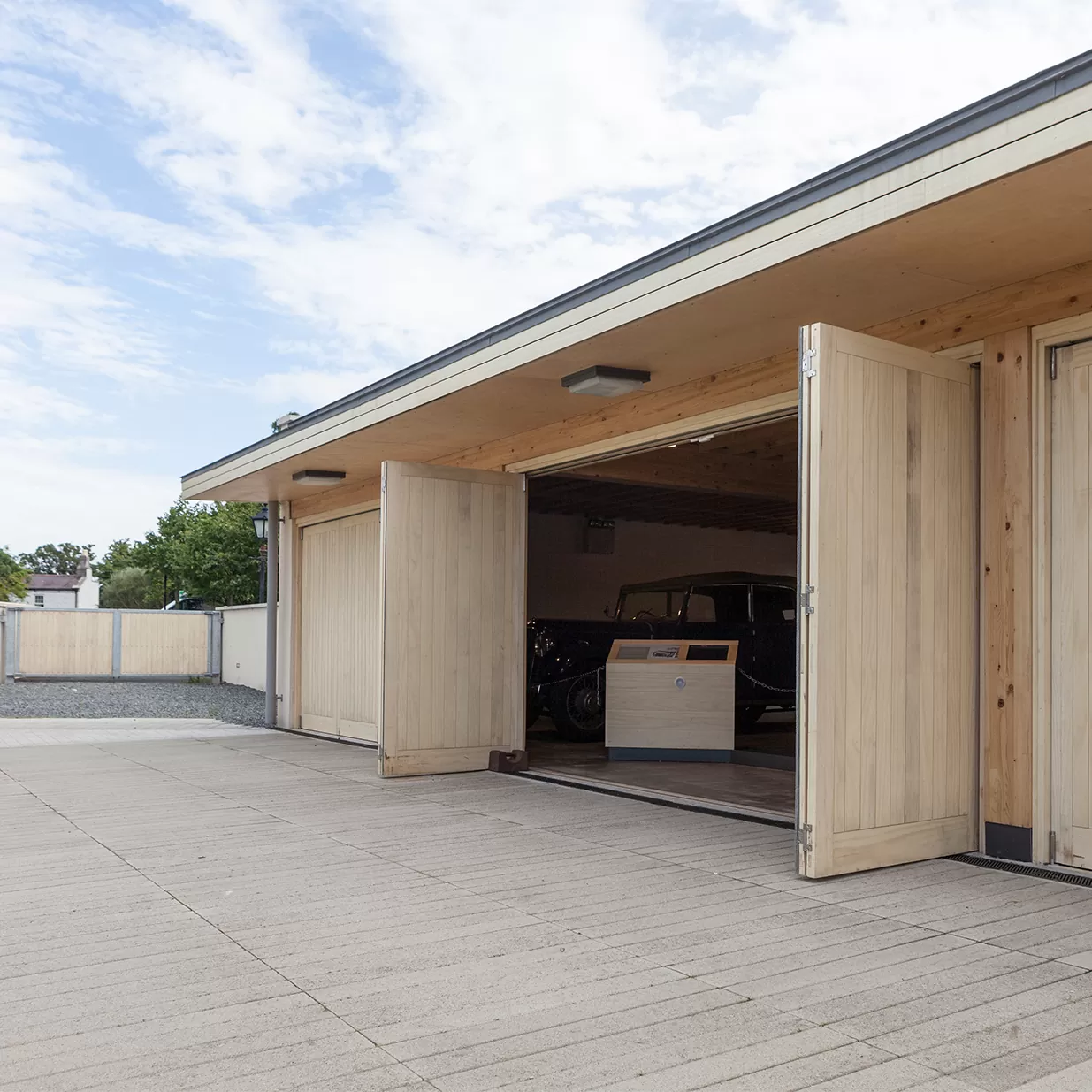
Case study
Accoya cladding for award winning visitor centre
Accoya has been selected to provide timber doors, brise soleil shading and external wood cladding to a number of new facilities at Airfield, a popular urban visitor attraction in south Dublin, Ireland.
The triple award-winning renovation project headed by Solearth Ecological Architecture, topped the Best Cultural Building and Best Sustainable Building categories in the RIAI awards, and was also named Ecocem Green Building of the Year in the Green Awards. Learn more about Accoyas environmental credentials.
The Victorian estate, which encompasses the original Overend family home, farm and gardens, has benefited from significant refurbishment, renovation and landscaping in recent months. Chosen for its superior durability, it’s retention of natural aesthetic qualities with age, and its origins as sustainable softwood, Accoya timber cladding now adorns the new restaurant and shop, education buildings, horticultural buildings.

Accoya Cladding FAQs
-
Like other wood species, uncoated Accoya wood will weather over time to an elegant slivery grey colour when left outside and exposed to the elements.
Unlike other woods however, weathering does not affect the durability, stability or performance of Accoya.
During the weathering transition process the surface colour of Accoya can appear patchy due to the different levels of sunlight and rain coming into contact with the wood, but over time it evens out to a beautiful silvery grey effect that lasts for decades to come.
Because Accoya has such great dimensional stability, coatings are not so stressed by shrinking and swelling forces that affect all other types of wood – meaning they last and look better for longer. For certain applications such as windows it is industry standard for frames to be coated to protect the other parts of the window fittings and mechanisms.
-
The Accoya production process does not weaken the original wood – in fact, its hardness is slightly improved and its bending strength uncompromised. Indeed, no modification process exists which offers the performance benefits and retained physical properties of Accoya.
The process alters the cell structure of wood, improving its technical properties and making it much stronger and more durable. Unmodified wood contains ‘free hydroxyl groups’ that absorb and release water as weather conditions change.
This makes standard wood susceptible to expansion and contraction, particularly when used outdoors for applications such as cladding, window and door frames.
The expansion and contraction of wood often leads to splitting and rotting, impacting on the service life of wood. Hydrogen, oxygen and carbon chemicals (called acetyl groups) are created within wood after the acetylation process, changing the structure of existing free hydroxyl groups (hydrogen and oxygen). Each of these chemicals is present naturally in all woods, with acetyl created independently from acetic acid, i.e. vinegar. The process is ‘green’ meaning that the acetylation process takes effect using nothing that doesn’t occur in wood naturally.
Read more in our blog: What is Acetylation?
-
Accoya wood is non-toxic and 100% biodegradable. By enhancing the durability and stability of the fast-growing pine we use, Accoya wood provides advantages over scarce slow-growing (and often unsustainably sourced) tropical hardwoods, woods treated with toxic chemicals, and non-renewable carbon-intensive materials such as plastic, aluminum, steel and concrete.
See here for more information on our sourcing, production, use phase and circular thinking.
